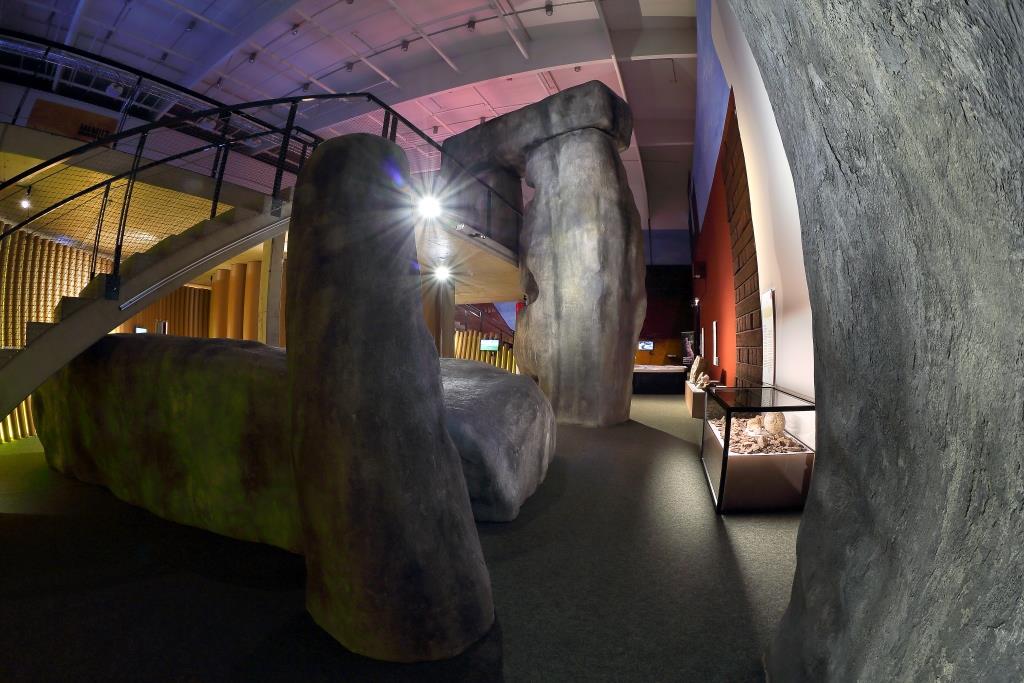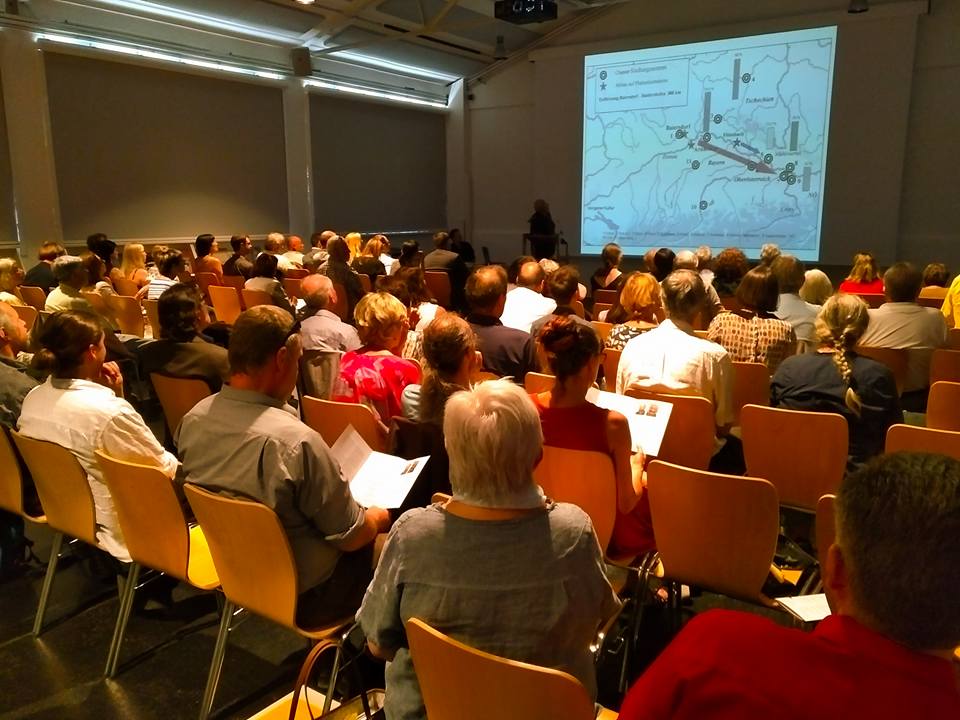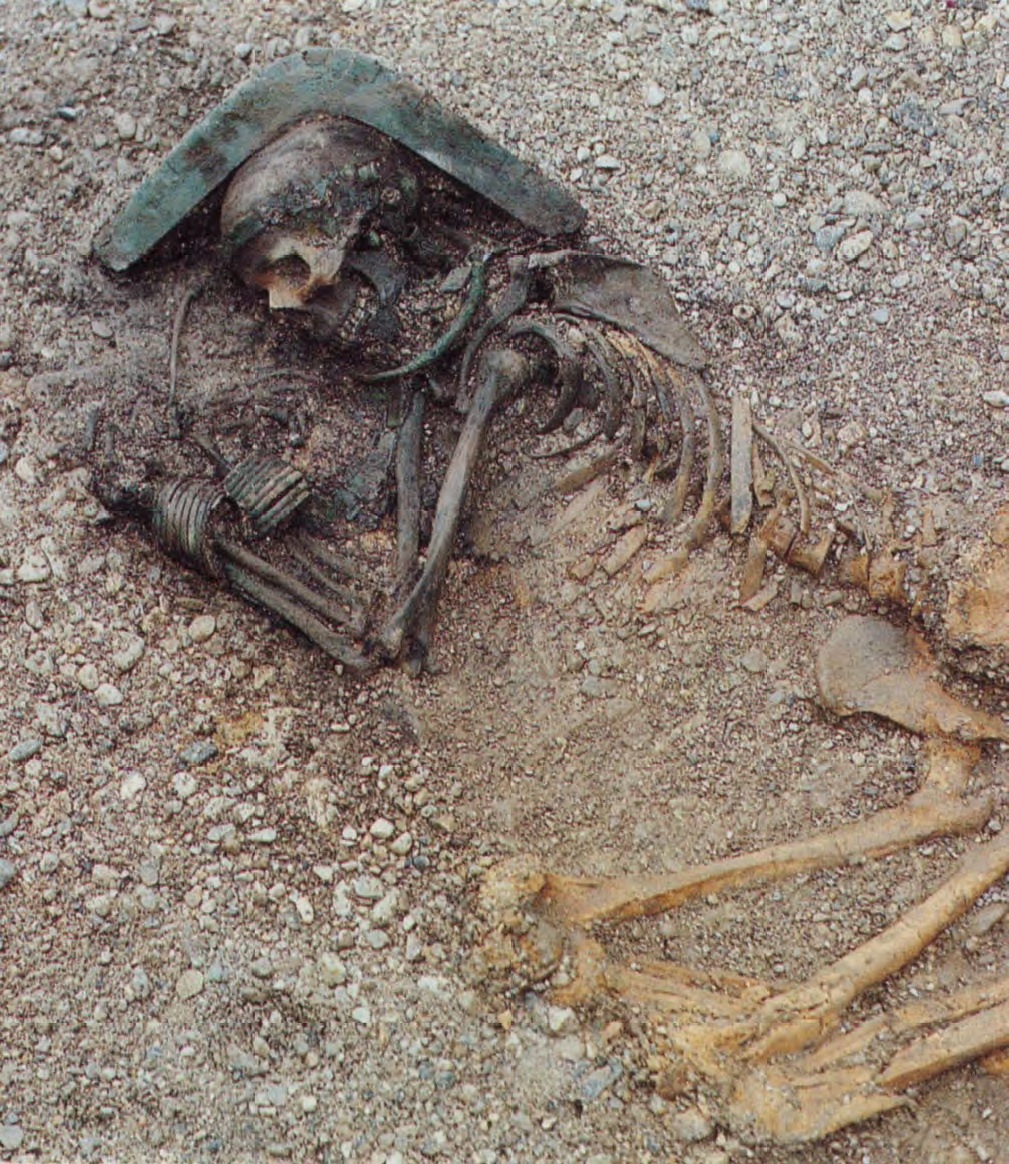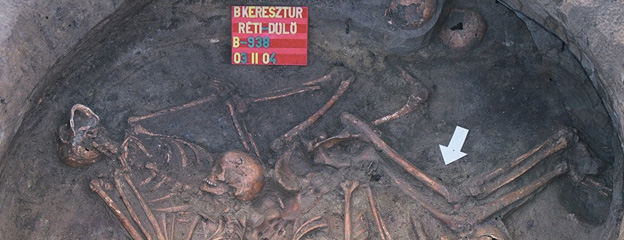Stonehenge exhibition and archaeological conference in Lower Austria
A spectacular Stonehenge exhibition can be seen until 3 December 2017 in the Museum of Mistelbach (MAMUZ), only one and a half hours away from the Hungarian border. It presents the history of the megalithic buildings together with the history of southern England from the Mesolithic up to 2000 BC on one hand, and the reconstructions of monumental ground-wood structures of concentric circles from the late Neolithic of Central Europe on the other – in an extremely interactive form.
The curators of the exhibition chose some artifacts from the English and Austrian Bell Beaker groups as well, since such rich burials from the period following the construction of the famous stone structure are well known from the vicinity of the Stonehenge to the Leitha River. Life-size models of the currently standing stones of the Stonehenge can also be seen in the exhibition hall. In addition to this, screens and mock-ups reveal the methods and results of the large-scale geophysical project lead by the Ludwig Boltzmann Institute in Vienna and the University of Birmingham, exploring the currently invisible buildings and traces of landscape exploitation around Stonehenge.

Stonehenge MAMUZ Museum Mistelbach: Niki Gail
However, the MAMUZ does not only serve as an exhibition hall: at the beginning of June (9th-10th), the annual conference of the Lower Austrian archaeologists (Tage der NÖ Landesarchäologie) was also organized here. In honour of Ernst Lauermann, the present scientific director who is retiring at the end of this year, an exeptionally dense, two-day long programme has been set.


http://www.mamuz.at/de/veranstaltungen/172-tag-der-noe-landesarchaeologie
The 35 lectures covered nearly all archaeological periods from the paleolithic Venus statues to the 19th century fortifications of this well-researched region (that is fortunately very close to our own research area in a geographic sense). Among others, research fellows and project partners of the MAMUZ, the Naturhistorisches Museum, the University of Vienna, the Bundesdenkmalamt and the OREA Institute presented their scientific results in honor of the shortly departing director.

Bild Tag der NÖ Landesarchäologie: MAMUZ
Six lectures dealt with Bronze Age themes. Franz Pieler, the future scientific director of the MAMUZ, recounted the often cited Early Bronze Age cemetery of Roggendorf-Steinleiten (Middle Bronze Age according to the Hungarian terminology), based on some newly discovered documents. The representative role of almost 4000-year-old female costume was analyzed by Christine Neugebauer-Maresch and Karina Grömer, based on the spectacular graves from Franzhausen.

K. Grömer: Prähistorische Textilkunst in Mitteleuropa. Geschichte des Handwerkes und Kleidung vor den Römern. Wien, 2010, Abb. 166.
Elisabeth Rammer tried to reinterpret the typology of the Aunjetitz complex spread almost everywhere in Central Europe between 2000 and 1700 BC, by analyzing large amounts of data. One of the organizers, Peter Trebsche presented Middle Bronze Age post frame buildings with interesting foundation sacrifices from Mitterretzbach (Late Bronze Age according to the Hungarian terminology). Milan Salaš demonstrated the jewel deposit while Monika Griebl and Benedikt Biederer presented the find material of storage pits from Stillfried (Urnfield Period) in the frames of their OREA project.
The theme of the conference provided interesting data and analogues to the western transdanubian investigations of our research group.
Eszter Melis








